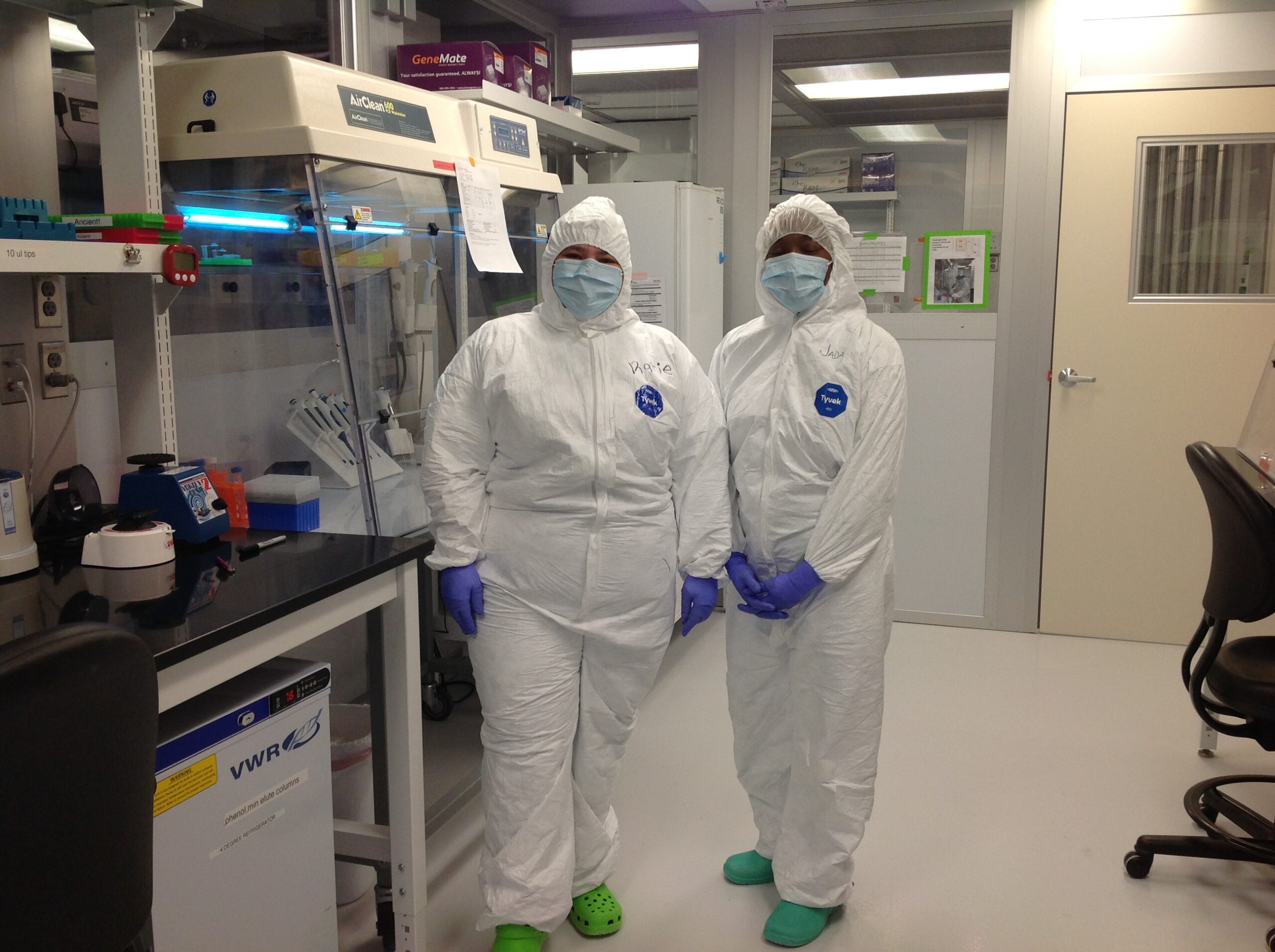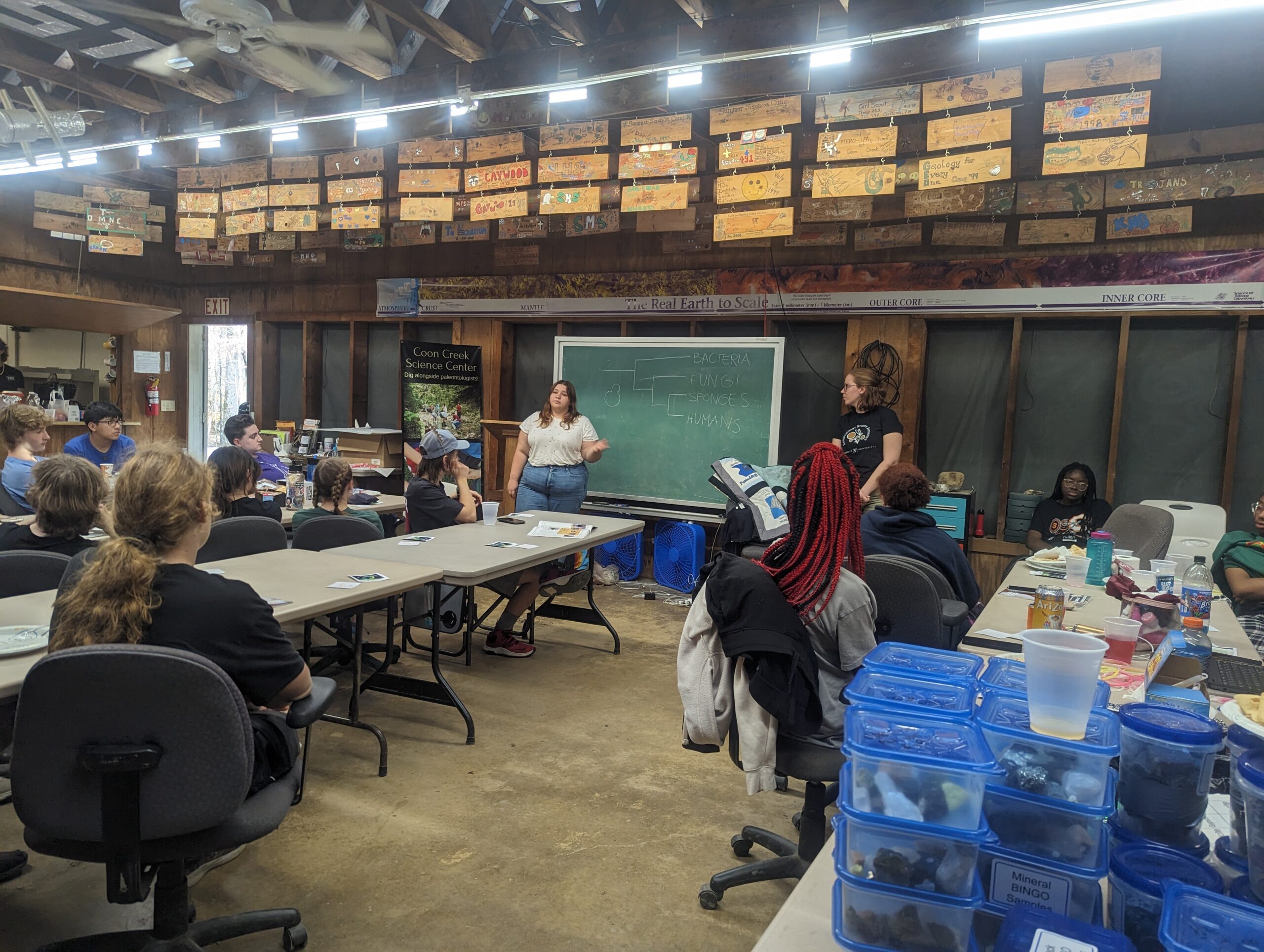VU Graduate Student Explores Ancient Oral Microbiomes
By Neomi Chen, Evolutionary Studies undergraduate communications assistant
As Katie McCormack meticulously extracted calcified dental plaque from ancient Peruvian teeth, she felt the weight of centuries of history in her hands. This intricate work, part of her groundbreaking research in the Jada Benn Torres Lab, aims to unravel the secrets of ancient oral health. With the support of the Evolutionary Studies Initiative (ESI) and a recent Vanderbilt Dissertation Enhancement Grant, McCormack has made significant strides in her study of ancient pathogens and their impact on human evolution.
Oral Microbiome Project at La Real Site in the Yungas Zone of the Peruvian Andes
Data Collection

In December 2021, McCormack began removing microbial DNA from five sets of archaeological teeth to screen for respiratory and oral pathogens and study the oral microbiome of prehistoric humans—early humans who lived before recorded history. In the ancient DNA lab at the University of Oklahoma (OU), McCormack suited up in full Tyvek gear, a stark reminder of the precautions necessary to handle precious, degraded samples. She received oral microbiome paleogenomics training from Dr. Tanvi Honap who worked in the Laboratories of Molecular Anthropology and Microbiome Research headed by Dr. Cecil Lewis.
Preliminary Results
When McCormack received the genomic sequencing back from OU, she embarked on the initial taxonomic classification stage. By comparing the DNA of the oral pathogens to known databases, MetaPhlAn4 and KrakenUniq determined the identities of these pathogens, allowing McCormack to gain a deeper understanding of the microbial communities. The presence of Red Complex pathogens in three individuals––Tannerella forsythia, Treponema denticola, and Porphyromonas gingivalis––sheds new light on the prevalence of periodontal and endodontic disease in ancient Andean communities. Due to changes in diet around that time, McCormack highlighted the potential association between periodontal diseases and maize consumption in South America. In April 2024, McCormack presented this preliminary data and findings at the Society for American Archaeology conference.
Next Steps
As McCormack riffled through the metagenomic data, she found that one of the individuals had evidence of tuberculosis (TB). That discovery propelled her to use her recently awarded Vanderbilt Dissertation Enhancement Grant to collaborate with Anne Stones’ lab at Arizona State University and her graduate student Adele Crane for the capture work and target enrichment of mycobacterium tuberculosis––a complex of closely related bacteria that causes TB. “Tuberculosis has co-evolved with humans for millions of years,” McCormack explained, emphasizing the disease’s deep-rooted presence in our evolutionary history. By adopting an infectious disease standpoint, McCormack aims to better understand the phylogenetic relationships within the TB genome.
Evolutionary Studies Initiative Outreach
At High Schools

For the last three years, McCormack has been involved with several ESI outreach projects such as giving brief lectures about human evolution at local high schools. McCormack reflected on her experience conveying the significance of evolution to a different student pool: “I’m used to TA-ing in undergrad courses and enjoy teaching at the college level, but working with high schoolers is a lot of fun because they have very different understandings of science.” During a workshop at a Nashville high school, students eagerly compared their own features to a full-scale cast of Lucy, one of the earliest known hominids. “Seeing their excitement was incredibly rewarding,” McCormack recalled.
At Coon Creek Science Center in West Tennessee
Having attended the ESI field trip to Coon Creek Science Center for two consecutive years, McCormack has enjoyed hunting for fossils with other ESI team members and high school students. “Paleontology is very much not my specific discipline, but it’s a big science interest and hobby of mine to do with others,” McCormack shared, highlighting her overall greater passion for the sciences.
